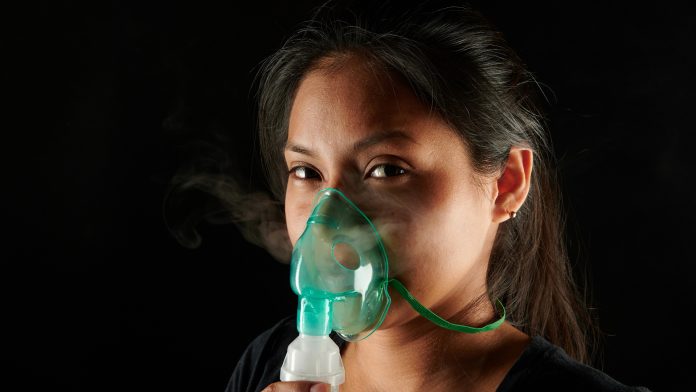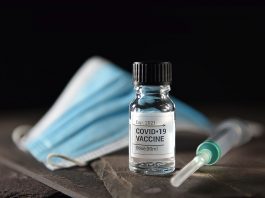Researchers discover that nitric oxide, which offered an effective treatment against the 2003 SARS outbreak, could relieve the symptoms of COVID-19.
As described in the journal Redox Biology, the team used nitric oxide, a compound with antiviral properties that is produced by the body itself, to treat those infected with SARS-CoV-2. “To our knowledge, nitric oxide is the only substance shown so far to have a direct effect on SARS-CoV-2,” says Åke Lundkvist, a professor at Uppsala University, who led the study.
The main emphasis in the treatments tested has been on relieving symptoms to shorten hospital stays and reduce mortality.
Nitric oxide is a compound produced naturally in the body. It regulates tension in the blood vessels and blood flow between and within organs. In acute lung failure, the gas can be administered in low concentrations, to boost the blood-oxygen saturation level. During the SARS coronavirus epidemic of 2003, this therapy was successful in reducing inflammation in the patients’ lungs.
In 2003, nitric oxide released from S-Nitroso-N-acetylpenicillamine (SNAP) proved to have a distinct antiviral effect. The researchers from Uppsala University and Karolinska Institute have now investigated how the novel coronavirus involved in the current pandemic reacts to the compound. And SNAP was shown to a clear antiviral effect on this virus, too – and an effect that grew stronger as the dose was raised.
“Until we get a vaccine that works, our hope is that inhalation of nitric oxide might be an effective form of treatment. The dosage and timing of starting treatment probably play an important part in the outcome, and now need to be explored as soon as possible,” Åke Lundkvist says.
The research group is now planning to investigate the antiviral effects of nitric oxide emitted in gas form. To do so, they will construct a model in the laboratory to safely simulate a conceivable form of therapy for patients.









